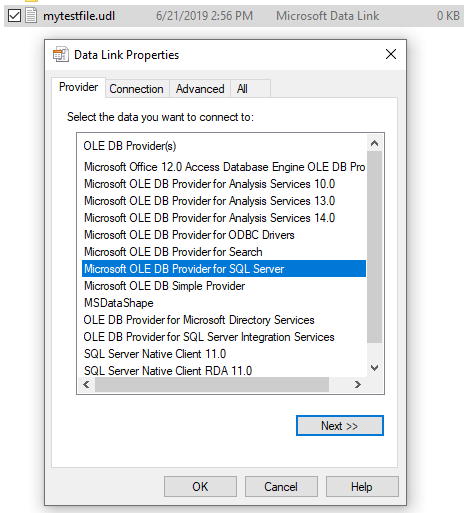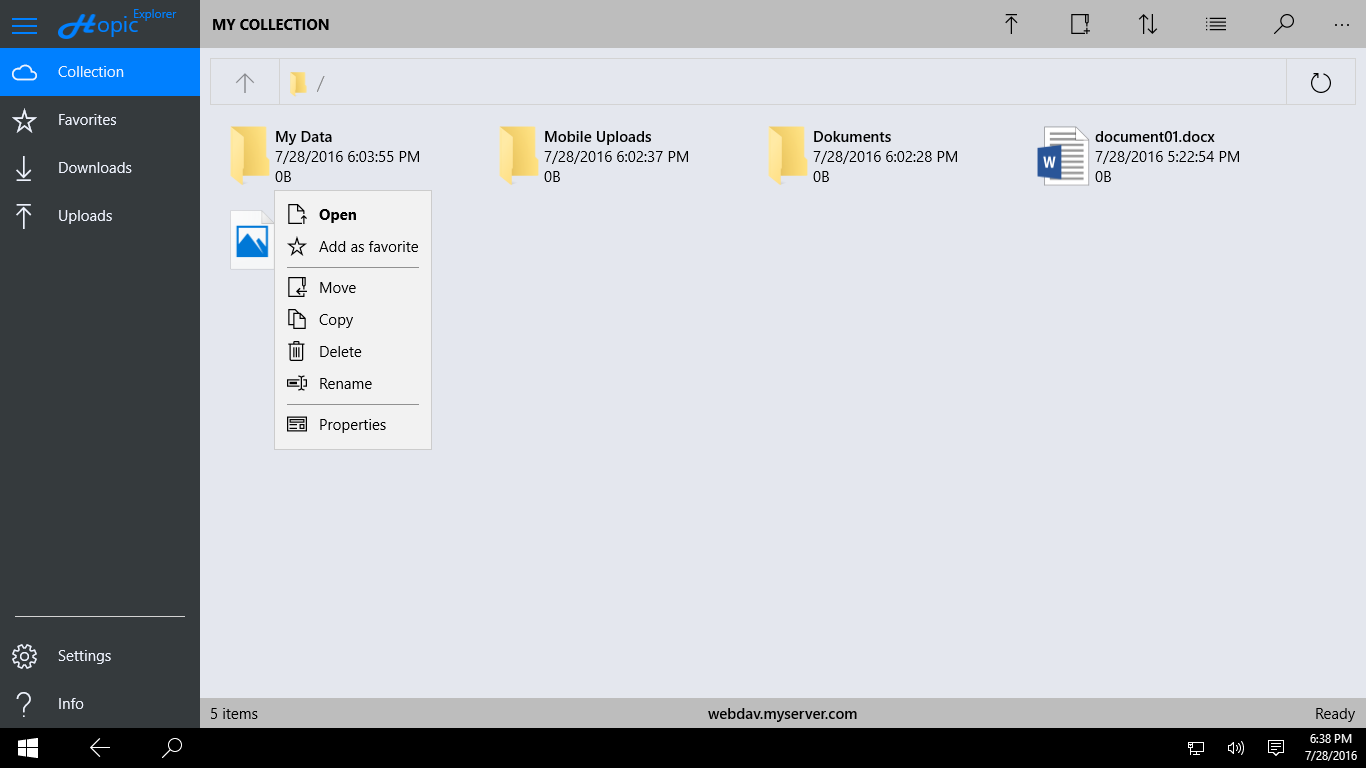
- #Adding fonts to universal type client install#
- #Adding fonts to universal type client update#
- #Adding fonts to universal type client password#
- #Adding fonts to universal type client windows 7#
- #Adding fonts to universal type client zip#
The next time you start Word, you'll see the fonts you added in the Font list. In Windows 8.1, go to Control Panel > Appearance and Personalization > Fonts.
#Adding fonts to universal type client windows 7#
In Windows 7 and Windows 10, go to Control Panel > Fonts. If you want to see what a font looks like, open the Fonts folder, right-click the font file, and then click Preview.Īnother way to see your installed fonts is through Control Panel. You can also add fonts by simply dragging font files from the extracted files folder into this folder.
#Adding fonts to universal type client install#
Here are two other ways to install and manage fonts:Īll fonts are stored in the C:\Windows\Fonts folder. Your new fonts will appear in the fonts list in Word. If you're prompted to allow the program to make changes to your computer, and if you trust the source of the font, click Yes.

If you want to see what a font looks like, open the Fonts folder, right-click the font file, and then click Preview. Right-click the fonts you want, and click Install. All fonts are stored in the C:\Windows\Fonts folder. Now you'll see the available TrueType and OpenType font files: Use it on brand identities, headlines, and many more projects. The font is suitable for body copy, a perfect replacement for the Gotham book font version. This modern sans serif is a contemporary take on the minimalist design trend. If the font files are zipped, unzip them by right-clicking the. Hamlin is inspired by classic geometric fonts similar to Gotham.
#Adding fonts to universal type client zip#
zip folder, you might find several variations on the same font, such as “light” and “heavy.” A. Customers with a valid support contract can use the provided contact information.Note: Before you download a font, make sure that you trust the source. If none of the above steps help you get Suitcase Fusion or Universal Type Client to start, you can contact Technical Support using the support form, or by calling 50 for further assistance. If it launches now, you will need to log into your Universal Type Server and synchronize to get your fonts back Select all of the folders inside of the UTC folder and drag them to the desktop If the above does not work, move the client cache may be damaged. Go to /Users//Library/Preferencesĭrag and to your desktop If it launches now, you will need to add your fonts back into the application. To easily apply and track the licensing of each font group, drag the Apache, OFL, and UFL folders into the workgroup separately. Move Suitcase Fusion.fontvault to your desktop Add the fonts to the new workgroup with the Universal Type Client. In Finder, go to /Users//Library/Extensis If the above steps don’t address the problem, your Fusion vault or database are probably damaged. Open /Users//Library/Preferences in Finder Then, locate the fonts you need within that Control Panel fonts folder. Before copying your fonts, create a folder on your desktop into which you can copy the fonts. Somewhere in there will be a folder with your fonts.
#Adding fonts to universal type client password#
Type in your computer’s administrator password if prompted Click on the Start button, then click on the Control Panel. Launch Terminal from /Applications/Utilities This folder contains session information that may be damaged or out-of-date. If you’re on MacOS 10.7.x, uncheck “Reopen windows when logging back in”.ĭelete the hidden. The problem resumed last week in IDCS2, and putting the Times Europa screen and printer fonts into the InDesign Fonts folder solved it immediately. This is often enough to get the FMCore back up and running. After you’re logged out, just log back in. Go to your Apple Menu and select “Log Out”. You can download the latest installers for Suitcase Fusion and Universal Type Client from the Support section of our website.
#Adding fonts to universal type client update#
Make sure that you have the latest update installed

This article describes common troubleshooting steps if the Suitcase Fusion or Universal Type Client FMCore will not start.

Typefaces, strictly speaking, have nothing to do with computer use. A typeface, on the other hand, is a set of letters, numbers, and often symbols that share a consistent design look. If this doesn't resolve the problem, follow the instructions below. Strictly speaking, a font is a computer file, software, or program that instructs your computer to display and print each letter, character, and so forth. This is often enough to jumpstart the FMCore if it has been crashed. Launch Suitcase Fusion 3 from your Dock or Applications folder Un-check the “Reopen Windows when Logging Back In” checkbox


 0 kommentar(er)
0 kommentar(er)
